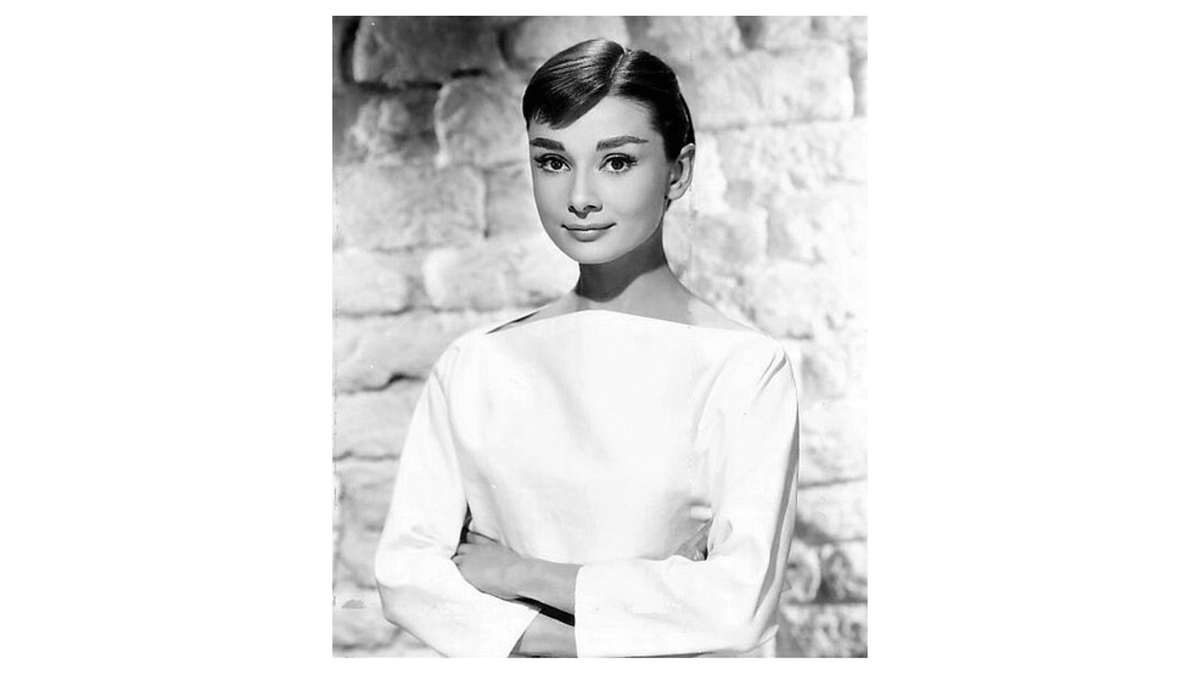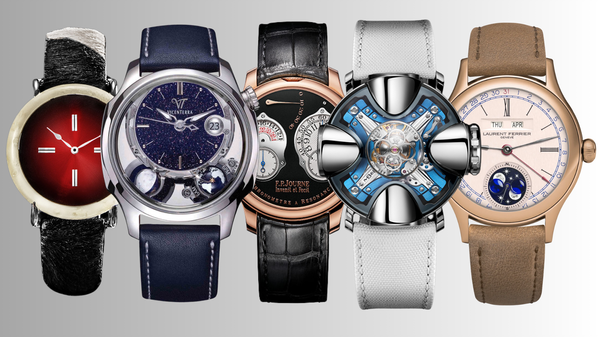Audrey Hepburn, From Escaping the Nazis to Becoming a Hollywood Icon
Audrey Hepburn (1929–1993) was a renowned actress, fashion icon, and humanitarian. Rising to fame with films like Roman Holiday and Breakfast at Tiffany’s, she captivated audiences with her elegance.






